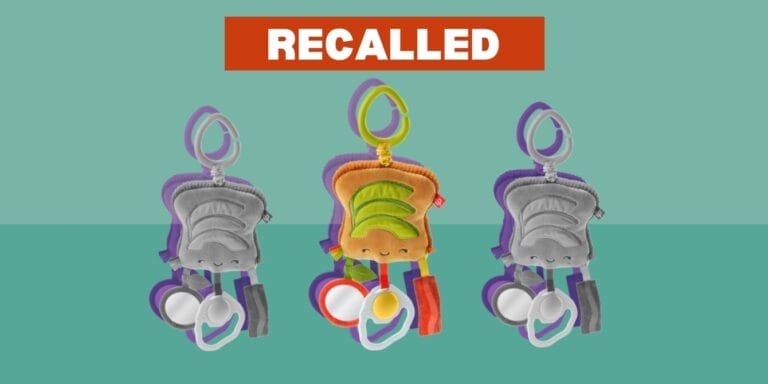Scientists found an easy way to get your toddler to eat more veggies

Is your little one in a veggie slump, mama? This simple trick could get them eating more greens in no time.
Toddlers are unpredictable, especially when it comes to eating. Some days, they’ll lick their plates clean. Other days, they’ll turn their noses up at their favorite foods.
It can be difficult to encourage your child to eat a balanced meal, especially if they tend to stick with their tried-and-true favorite foods. (Sidenote: that’s totally normal!)
Scientists have discovered a way to encourage children to eat more vegetables—and you’ll love how simple it is.
A new study from Penn State found that simply adding more vegetables to a child’s plate would result in them eating more. Like we said—so incredibly simple.
“Using this strategy may be useful to parents, caregivers and teachers who are trying to encourage kids to eat the recommended amount of vegetables throughout the day,” said Hanim Diktas, Penn State graduate student in nutritional sciences.
data-instgrm-captioned data-instgrm-version="4" style=" background:#FFF; border:0; border-radius:3px; box-shadow:0 0 1px 0 rgba(0,0,0,0.5),0 1px 10px 0 rgba(0,0,0,0.15); margin: 1px; max-width:658px; padding:0; width:99.375%; width:-webkit-calc(100% - 2px); width:calc(100% - 2px);">
67 children between the ages of three and five participated in the study, which lasted one month. The kids were served lunches with vegetables prepared in different ways: a regular-sized serving of plain corn and broccoli, a regular-sized serving with added butter and salt, a doubled serving of plain corn and broccoli, and a doubled serving with added butter and salt.
Researchers found when they doubled the portion size, kids ate 68% more of the veggies. Interestingly, seasoning the vegetables didn’t get kids to eat more.
The vegetables were served alongside fish sticks, rice, applesauce and milk.
“We chose foods that were generally well-liked but also not the kids’ favorite foods,” said Barbara Rolls, Helen A. Guthrie Chair and director of the Laboratory for the Study of Human Ingestive Behavior at Penn State. “If you offer vegetables alongside, say, chicken nuggets you might be disappointed. Food pairings are something you need to be conscious of, because how palpable the vegetables are compared to the other foods on the plate is going to affect the response to portion size. You need to make sure your vegetables taste pretty good compared to the other foods.”
Researchers say the majority of children in the U.S. don’t eat the recommended daily amount of vegetables. According to their study, doubling the amount of veggies you put on your child’s plate may help with that.
“It’s important to serve your kids a lot of vegetables, but it’s also important to serve them ones they like because they have to compete with the other foods on the plate,” Rolls said. “Parents can ease into this by gradually exposing kids to new vegetables, cooking them in a way their child enjoys, and experimenting with different flavors and seasonings as you familiarize them.”


































